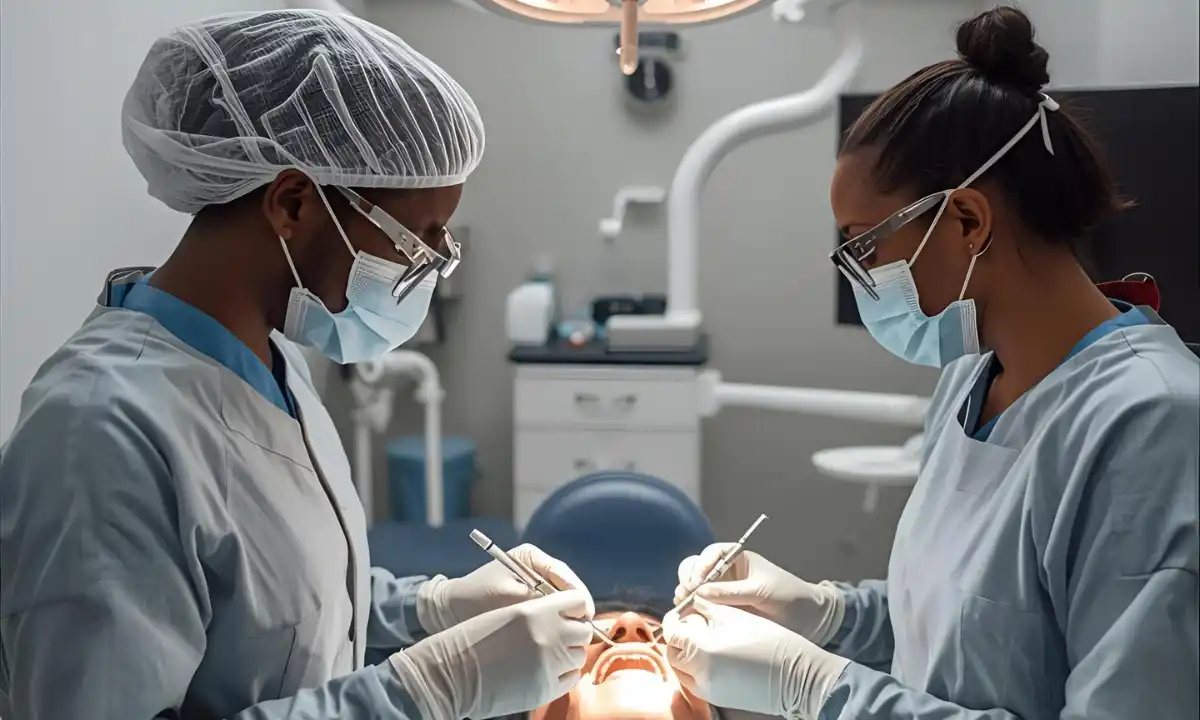Introduction
Across the globe, the transition toward safer and more environmentally sustainable healthcare practices has become an urgent necessity. One of the most significant shifts within dentistry involves the movement from traditional mercury-based amalgam to mercury-free dental materials. In Kenya, this transformation has gained momentum following the international Minamata Convention on Mercury, which requires countries to phase down the use of mercury in various sectors, including dentistry. This article explores the Kenyan experience, highlighting the awareness, challenges, and opportunities that come with adopting mercury-free alternatives.
The Global Context of the Minamata Convention
The Minamata Convention on Mercury was adopted in 2013 and entered into force in 2017. It is a legally binding treaty designed to protect human health and the environment from the harmful effects of mercury. One key area addressed by the treaty is the reduction of dental amalgam, a restorative material that has been widely used in dentistry for over a century. Mercury is a potent neurotoxin, and its improper disposal has long-lasting environmental consequences.
Kenya’s Position in the Shift Toward Mercury-Free Dentistry
Kenya, like many African nations, faces unique challenges in healthcare delivery. Dentists in both rural and urban areas have historically relied on amalgam due to its affordability and durability. However, growing awareness of environmental risks and international obligations under the Minamata Convention are encouraging a transition to mercury-free dental materials. A recent study highlighted Kenyan dentists’ knowledge of the convention, their access to alternatives, and the decision-making processes that shape their practice.
Dentists’ Awareness of the Minamata Convention
Surveys conducted among dental professionals in Kenya reveal a growing level of awareness regarding the global treaty. Many dentists now understand the importance of reducing mercury use not only for environmental reasons but also for patient safety. Training sessions and workshops organized by local health institutions and global partners have played an important role in raising awareness. However, awareness levels still vary significantly between regions, with urban practitioners generally being more informed than their rural counterparts.
Availability of Mercury-Free Dental Materials
One of the major challenges in Kenya is the inconsistent availability of mercury-free dental materials. While larger urban clinics often have access to composite resins, glass ionomer cements, and other alternatives, rural clinics struggle due to supply chain limitations and higher costs. Importation costs and lack of local production add further obstacles. This uneven distribution makes the adoption of mercury-free options more complex and highlights the need for policy interventions.
Economic and Policy Challenges
The transition to mercury-free dentistry is not only a clinical issue but also an economic one. Amalgam has traditionally been cheaper, making it accessible to patients with limited resources. Switching to composites and other materials often raises treatment costs, which can discourage patients from seeking care. To address this, Kenya requires stronger policy frameworks and financial support from international organizations. Global health bodies such as the World Health Organization (WHO) emphasize the need for subsidies and training to ensure equitable access to safer materials.
Environmental Impact of Mercury-Free Dentistry
The adoption of mercury-free dental materials also has significant environmental implications. Mercury waste from dental practices can contaminate water systems, soil, and even enter the food chain. By reducing reliance on amalgam, Kenya can contribute to a cleaner ecosystem, aligning with its commitments under international environmental agreements. Improved waste management systems will further enhance the positive outcomes of this shift.
Patient Perspectives and Acceptance
Patients in Kenya are becoming increasingly open to using Mercury-Free Dental Materials. Growing awareness of the potential health risks linked to mercury exposure has made many individuals more cautious about traditional amalgam. Still, the higher cost of these safer alternatives remains a significant obstacle, as not all patients can afford them. Targeted public health campaigns and government support through subsidies could help close this gap, encouraging wider acceptance of mercury-free options across the country.
Training and Education of Dental Professionals
Effective implementation of mercury-free dental materials depends on proper training for dental professionals. Universities and dental schools in Kenya have started integrating modern restorative techniques into their curricula. Continuing professional development programs also emphasize sustainable practices. This focus on education ensures that the next generation of dentists is equipped with the skills and knowledge required to work without amalgam.
Regional Perspectives Across Africa
Kenya is not alone in this journey. Other African nations, including Tanzania, Uganda, and South Africa, are also exploring mercury-free alternatives. Collaboration among countries can lead to shared knowledge, reduced costs through collective procurement, and stronger policy frameworks. The pan-African approach to this issue strengthens the continent’s voice in global negotiations about environmental health and dental practices.
Innovation in Dental Materials
Research and innovation are driving the future of Mercury-Free Dental Materials. New developments in composite resins, bioactive glass, and nano-technology provide alternatives that are not only durable but also cost-effective. In Kenya, universities and research institutions are working closely with international partners to test and adapt these solutions. Such progress has the potential to transform dentistry into a more sustainable and patient-friendly practice.
Conclusion
The shift toward mercury-free dental materials in Kenya reflects a broader global commitment to environmental health and sustainable medical practices. While challenges remain—particularly in terms of cost, availability, and training—the country has made significant progress under the framework of the Minamata Convention. With continued support from policymakers, educators, and international organizations, Kenya can become a model for other nations in Africa seeking to phase down mercury use in dentistry.
For more news click here




